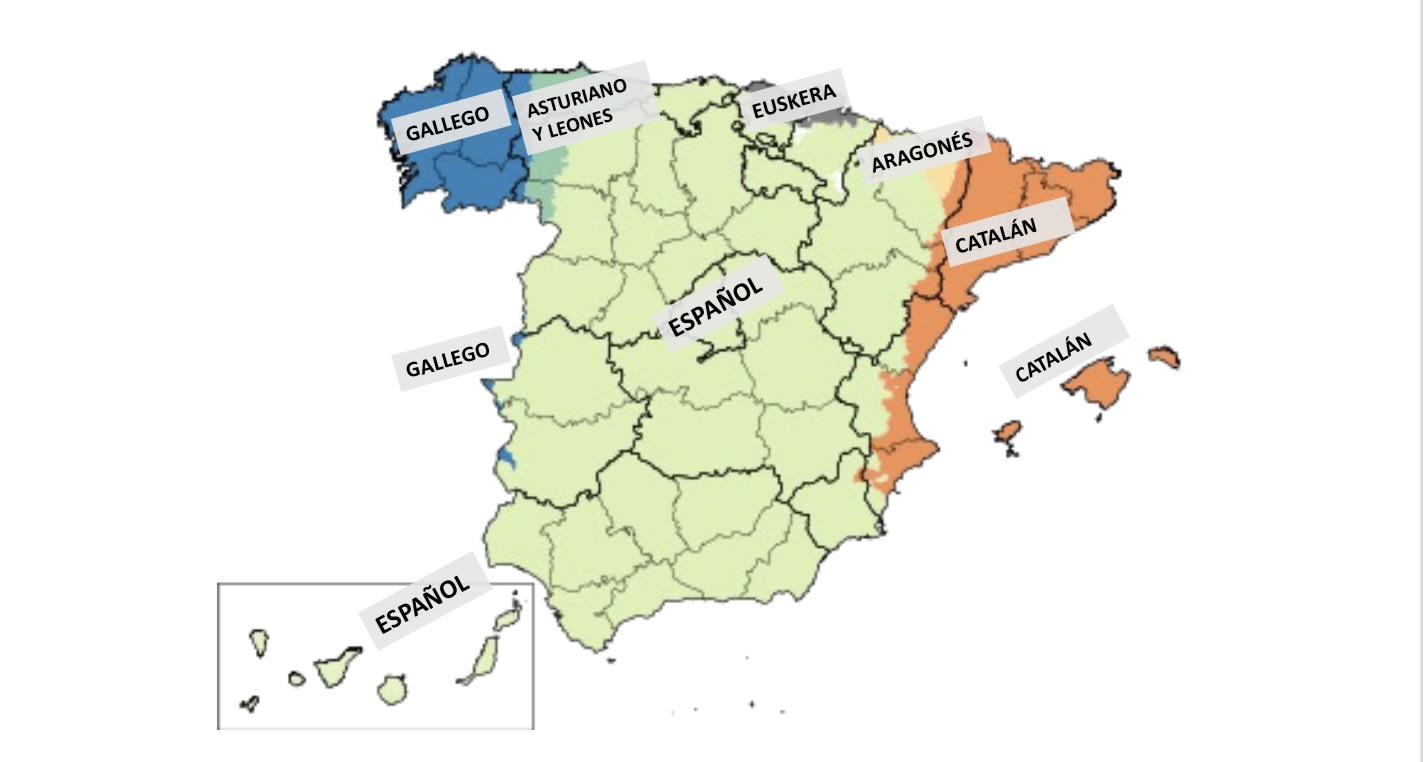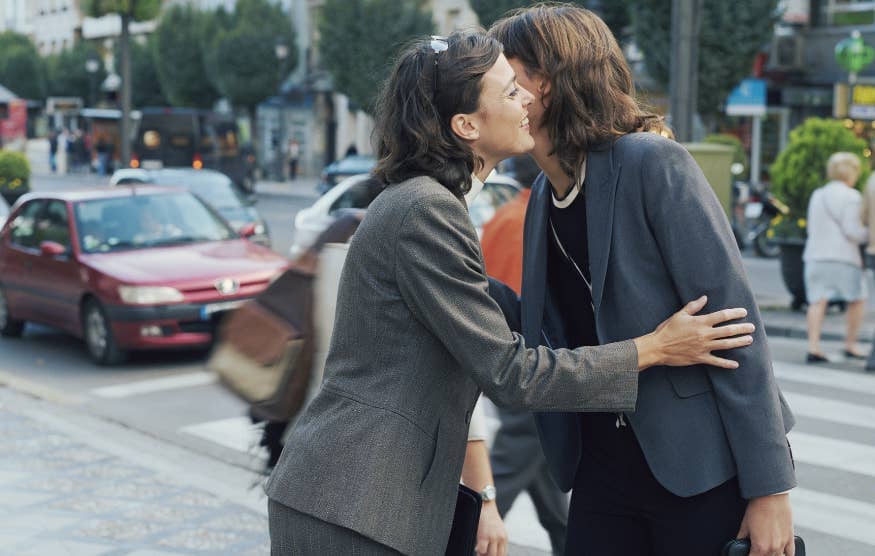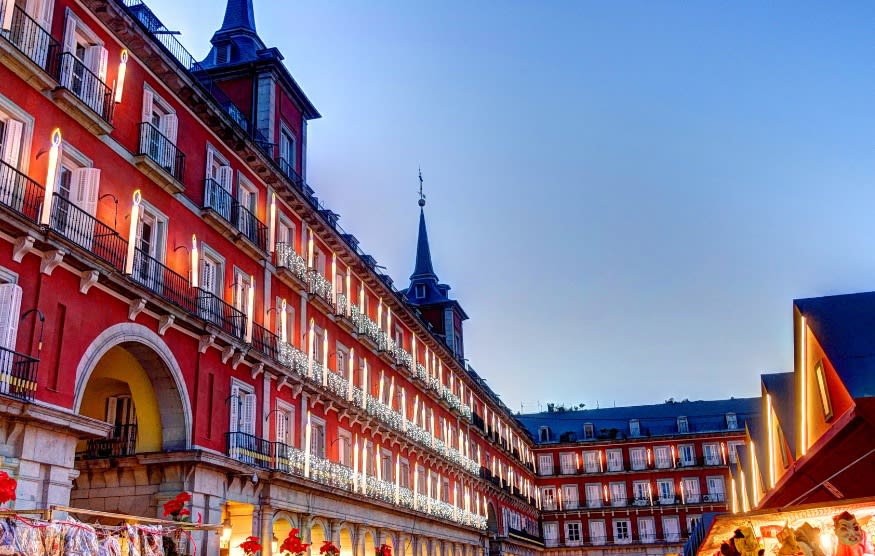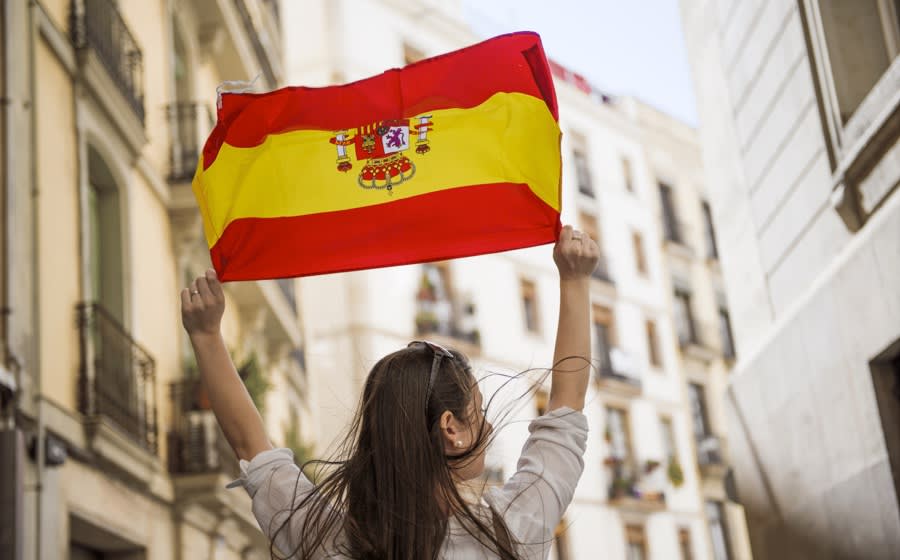Spanish Culture 101: Heritage, Languages, Religion, Customs & Traditions, Manners, and more
September 22, 2022
Win a FREE Trip to Spain!
Exciting Announcement! For the first time, we're thrilled to offer exclusive trips to the heart of Spain - an experience like no other. This isn't your typical tourist journey; it's a unique opportunity to immerse yourself in authentic Spanish culture, alongside real locals and our passionate team.
But there's more! Simply by requesting information about this amazing trip, you'll be entered into a special draw to win a Fully Paid Trip to Spain for Two. And that's not all - everyone who inquires will receive an exclusive bonus gift, valued at $500, available only now.
Ready to Discover the Real Spain?Click Here ↑ to Request Information & Enter the Draw!
Vale, vamos a ver. Don’t worry, we do not have a Spanish lesson, but we are having a class about Spanish culture. Ready?
Did you know we have more than 17 cultures in just one country? We do! That’s one of the things I’ll tell you about here.
After these 101 on three major categories of Spanish Culture, you’ll have all the information you need to plan a trip or write an essay about my country. I don’t know what brought you here, but I am sure I can help.
I promise I won’t bore you. Let’s do this, ready… set …go!

Heritage: a few of our roots
Cultures
Alright. I just told you we have 17 different cultures inside Spain, which is entirely true. More specifically, we have more than 40 ethnic groups living in Spain, but I promised not to make this too hard to digest. To know more about it, read about how Spanish ethnicity is not the same everywhere.
How can Spain have 17 different cultures?!
Well, before we became Spain as we know it. Before any modern migration waves and the Spanish Empire, our country was already made up of different cultures. You might be asking yourselves, “why?” Because superpowers like the Roman Empire, the Visigoths, and the Muslims occupied the territory.
And after that, we divided into different kingdoms when the Christians took it back in the Reconquest. The main four kingdoms were Portugal, Castille- Leon, Navarre, and Aragon-Catalonia. And let’s not forget that the Basques existed even before the Roman Empire got to us.
Do you see where I am going? We have had such an influx of cultures coming to Spain that our culture is mixed and diverse. You can read more about our diversity right here.
17 Regions means 17 Cultures
Here I will leave you the list of our cultures and the number of people who belong to each one. I have more information on each of these cultures right here. You’ll learn more about each region’s language, personality, food, traditions, and top places.
| How many cultures are there in Spain? | |
|---|---|
| Culture per region | % |
| Andalusia | 17,96% |
| Catalonia | 16,19% |
| Madrid | 14,27% |
| Community of Valencia | 10,69% |
| Galicia | 5,67% |
| Castilla & León | 5,01% |
| Canary Islands | 4,75% |
| Basque Country | 4,59% |
| Castilla - La Mancha | 4,32% |
| Murcia | 3,21% |
| Aragon | 2,77% |
| Balearic Islands | 2,58% |
| Extremadura | 2,22% |
| Asturias | 2,12% |
| Navarre | 1,39% |
| Cantabria | 1,23% |
| La Rioja | 0,67% |
| Source: INE, 2022 |
Official Languages and Religion
Okay…after knowing that we have 17 different cultures, it would be very believable if I said we have 17 languages.
Don’t worry, we don’t have that much. Something similar happens with religion; the variety of cultures doesn’t mean we have a big mix of religions. There is one dominant, many non-believers, and just a sprinkle of varied beliefs.
Official languages
So, Spain’s official language is Castilian Spanish, with almost all the population speaking it as the mother tongue. Then we have 4 more official languages and approximately 6 dialects. You see them all in the table below.

| Official languages | Dialects |
|---|---|
| Castilian Spanish | Leonese |
| Catalan | Aranese |
| Valencian | Asturian |
| Galician | Andalusian |
| Basque | Canarian |
| Extremaduran | |
| Murcian |
Official religion
Spain’s official religion is catholicism, but the amount of believers has decreased immensely since the last century. Actually, there are more non-practicing Catholics and true believers. The table below breaks down Spain’s society from the point of view of their religious beliefs.
| Religious Beliefs | % |
|---|---|
| Non-practicing Catholics | 39.1 |
| Practicing Catholics | 18.1 |
| Atheist | 15.5 |
| Agnostics | 11.9 |
| Indifferent | 11.8 |
| Other beliefs | 2.3 |
| Unknown | 1.4 |
Iconic sites
Spain has more than a hundred iconic sites to visit. So for today I will bring the top 5 essential places mixing city and nature.
- Alhambra (Granada, Andalusia)
- Sagrada Familia (Barcelona, Catalonia)
- The Great Mosque of Cordoba (Cordoba, Andalusia)
- Teatro Romano de Meérida (Badajoz, Extremadura)
- Picos de Europa (Asturia, Cantabria and Asturias)
Traditions: what we love the most
Celebrations
Holy Week in Spain
Iknow what some of you might be thinking. “How can Holy Week be so famous if half the society is either non-practicing or non-believers?”. I don’t know, but Holy Week is super important in Spain, especially in Andalusia.
Semana Santa or Holy Week is significant for those who need context because we go through Jesus Christ’s Passion, death, and resurrection. But we don’t only read the Bible or go to church. In Spain, we LIVE Holy Week.
By this, I mean we re-do the scenes from Christ’s journey to the cross with multiple parades. How does it work? We have daily processions with drums, flowers, and beautifully created floats. A float or Paso, as we call them, are the scenes from the Passion. The main protagonist is Jesus, the Virgin Mary, and different saints.
If I had to rank Holy Week by city, my requirements would be the Passion in each procession and the level of elaboration in each float.
The best cities to experience this are:
- Sevilla for La Madrugá (procession on Good Friday)
- Malaga for their Legionarios (procession on Muandy Thrusday)
- Cuenca for las Turbas (procession on Good Firday)
San Fermin
The iconic San Fermin. If Pamplona is known worldwide, it is mainly for hosting this celebration. This tradition is celebrated in July from the 6th-14th. It has a religious background and holy parties of its patron saint, San Fermin. But, being honest, the parties and bull running happening in the city make him a secondary character. The main event in San Fermin is the Encierro when people run in front of the bull in the narrow street of la Estafeta.
The American writer Ernest Hemingway stayed for a while in Pamplona and experienced the San Fermines. He used the city and the party for inspiration in his book “The Sun Also Rises.”
This is what he said about San Fermines:
“For four days from 6 a. m. until long after midnight, sleep is next to impossible while Pamplona celebrates the Fiesta of San Fermín, its patron saint. There are bullfights, street dancing, parades of huge grotesque figures, and much drinking of strong Spanish wine. But the most exciting ceremony—which takes place only at Pamplona—is the Encierro (driving of the bulls)".
Christmas and New Year
Christmas and the Three Wise Men
I know these are beautiful celebrations worldwide, but here they are extra special. First, the cities are decorated with lights and Christmas ornaments everywhere. The cold is the perfect excuse to eat churros with chocolate every day.
The 24th and the 25th are significant for Spanish families because they celebrate Christ’s birth. But for them, the Three Wise Men is a bit more exciting. This holiday is celebrated on January 6th and is unique for children because it’s when they experience a beautiful parade and receive their gifts back at home.
The “Calbagata de Reyes” is pretty famous around Spain. I think every city has one and the parade in Madrid is televised for the whole country.
New Years
Okay, we have a complete list of traditions and places to celebrate New Year. I will tell you a bit more about what we do now.
As you may know, we love partying. Is accurate, and there is no point in dying it. Our New Year’s in Spain is super fun. For example, we have the stroke of the chimes at Puerta del Sol in Madrid. People gather there to see the clock strike 12am, eat the 12 lucky grapes, and begin partying.
The celebration lasts until the body gives up and we eat some delicious churros con chocolate before going to bed.
Customs
I think you already know what I am going to tell you here. At last the three I will highlight. We are Spanish people known for being passionate, temperamental, flirty but especially for our famous siestas, tapas, and weird schedules.
The Spanish siesta is a myth. Sort of. It might be more practiced in rural areas, but we don’t do siesta anymore. Between long commutes and our maintaining a social life, napping has become nearly impossible. That doesn’t mean it was once very common, and there are 3 cool theories that attempt to explain the origin of our “siesta”. Take a look here.
Tapas are a reflection of our social life. So tapas, or pintxos as they call them in the north, are small appetizers. It is typical from here to buy a beer and get a tapa with it. Yes, you get two things for the price of one. Amazing, right? The traditional thing to do is to have tapas for dinner with your friends. It doesn’t matter if it is Monday or Saturday. Tapas and friends are an irresistible combination.
The weird schedule. You’ve probably heard that we eat at 10 pm, sleep at 12 and party until 6 am. It is not a stereotype, it is true. When we were under Franco’s rule, he decided to move our schedule from GMT to CET. He moved us up an hour, so we generally have a late lunch, dinner, and night routine. We have been living with jetlag for 70 years. I will tell you more about the whole time zone change here.
Etiquette: what to expect from Spanish people
Just like our customs, some of our manners keep surprising people. There are 13 Spanish habits that people either love, hate or don’t understand. From all of them, I will share the ones that even surprise me and for which i have no logical explanation.

- Littler bar floors: I think I can speak for at least half of Spain that we are not proud of this habit. For those who haven’t visited us yet, the tapeo I mentioned before is done at bars which are usually pretty small. We typically eat our tapas on the little barra; when we are finished, we clean the space for the next person by throwing the napkins on the floor. That is my theory on why we do that, and my heads up for when you visit.
- Greeting with two kisses: we are famous for this one too. Do we always greet people with two kisses? Well, it depends on the level of trust. We usually greet people we know with two kisses and a handshake with people we don’t. Still, don’t be surprised if someone greets you with two kisses.
- Swearing: I bet you’ve heard the phrase “¡joder tio!”. No doubt on that one. Our daily vocabulary might be rude to many people, but we use this to express ourselves. We are passionate people and need the right words to let people know what we feel.
Okay this was your Spanish Culture 101! The three major categories we have just seen, heritage, traditions, and etiquette, provide all the information you need about my country. There is a lot more to know about Spain in the posts you will see below.
I hope this was helpful and we can dive into more culture another time!!! Have a sensational day!












